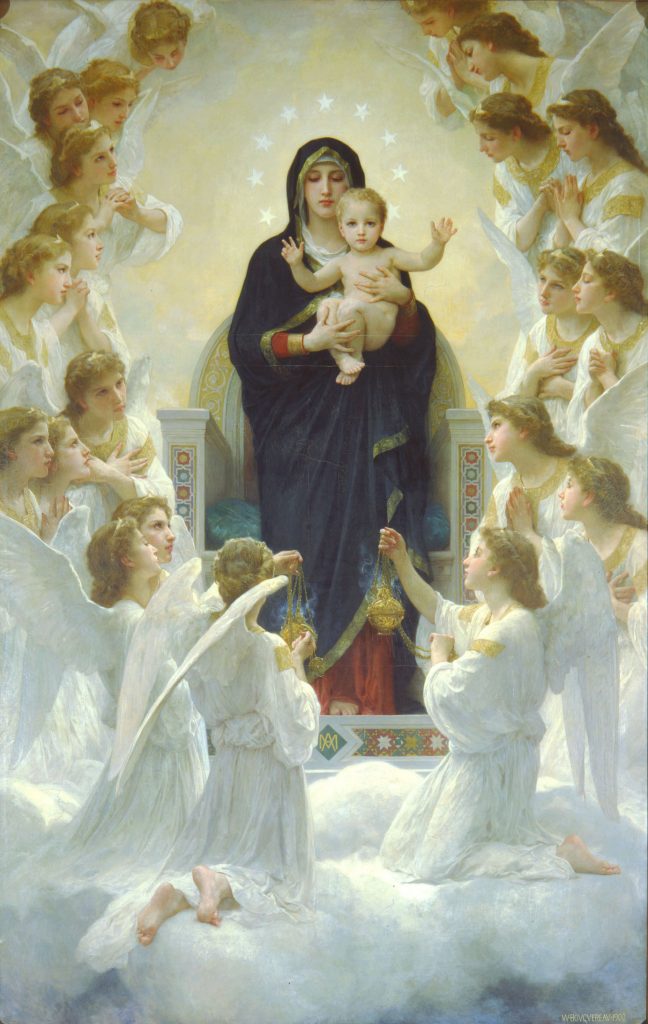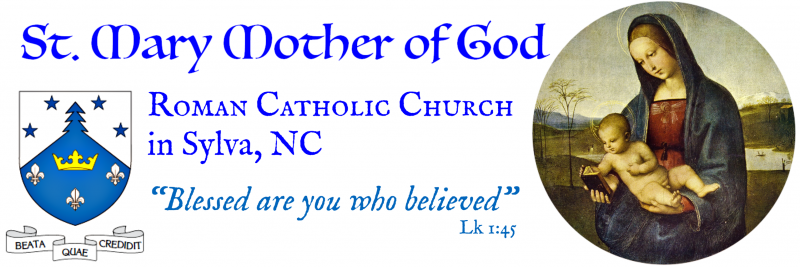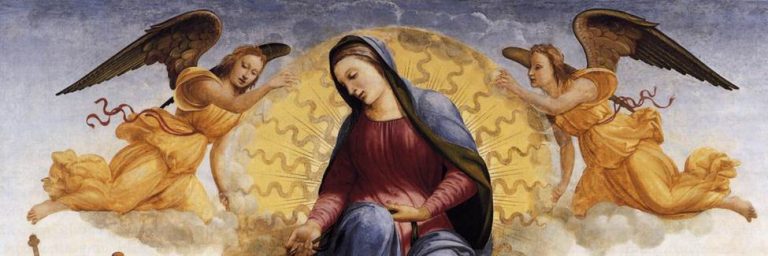August 15 is the Solemnity of the Assumption of the Blessed Virgin Mary and a holy day of obligation. Our Mass schedule will be as follows:
- Wed, Aug 14, 7:30pm Vigil Mass (Spanish)
- Thur, Aug 15, 9:00am Mass (English)
- Thur, Aug 15, 6:00pm Mass (English)
The Solemnity of the Assumption is when we celebrate our Catholic belief that Mary, at the end of her earthly life, was assumed body and soul into heaven, as defined by Pope Pius XII in 1950 with the following words:
“For which reason, after we have poured forth prayers of supplication again and again to God, and have invoked the light of the Spirit of Truth, for the glory of Almighty God who has lavished his special affection upon the Virgin Mary, for the honor of her Son, the immortal King of the Ages and the Victor over sin and death, for the increase of the glory of that same august Mother, and for the joy and exultation of the entire Church; by the authority of our Lord Jesus Christ, of the Blessed Apostles Peter and Paul, and by our own authority, we pronounce, declare, and define it to be a divinely revealed dogma: that the Immaculate Mother of God, the ever Virgin Mary, having completed the course of her earthly life, was assumed body and soul into heavenly glory.” — Munificentissimus Deus, 44
Belief in the assumption of Mary has been around since the earliest days of the Church. St. Ephraim the Syrian (d. 373 AD) wrote of Mary as having been glorified by Christ and carried through the air into heaven. By the end of the fourth century, the Assumption of Mary was celebrated with an annual feast day called the Dormition of Mary. In fact, the Assumption is the most ancient Marian feast.
Learn more by reading this post from the WCU Campus Ministry blog written for last year’s Assumption celebration.

“And a great portent appeared in heaven, a woman clothed with the sun, with the moon under her feet, and on her head a crown of twelve stars; she was with child and she cried out in her pangs of birth, in anguish for delivery. And another portent appeared in heaven; behold, a great red dragon, with seven heads and ten horns, and seven diadems upon his heads. His tail swept down a third of the stars of heaven, and cast them to the earth. And the dragon stood before the woman who was about to bear a child, that he might devour her child when she brought it forth; she brought forth a male child, one who is to rule all the nations with a rod of iron, but her child was caught up to God and to his throne. . .” (Rev 12:1-5).

